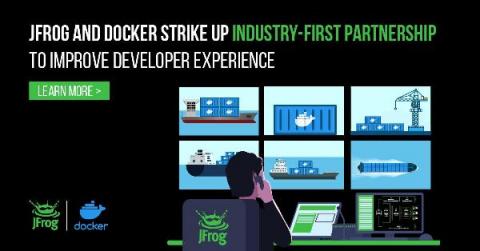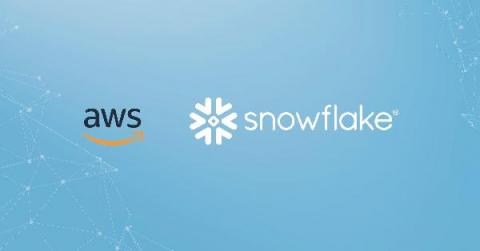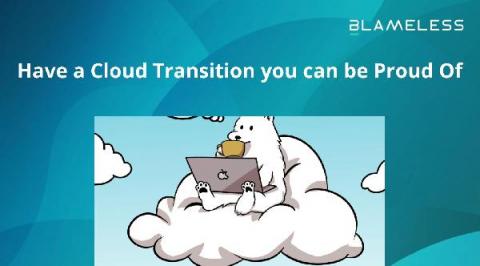The State of Chaos Engineering in 2021
Five years ago today, our co-founders launched Gremlin with a simple but bold mission: Build a more reliable internet. Over the past five years, the practice of Chaos Engineering is increasingly employed as a means for proactively testing systems to make them more resilient and reliable.











